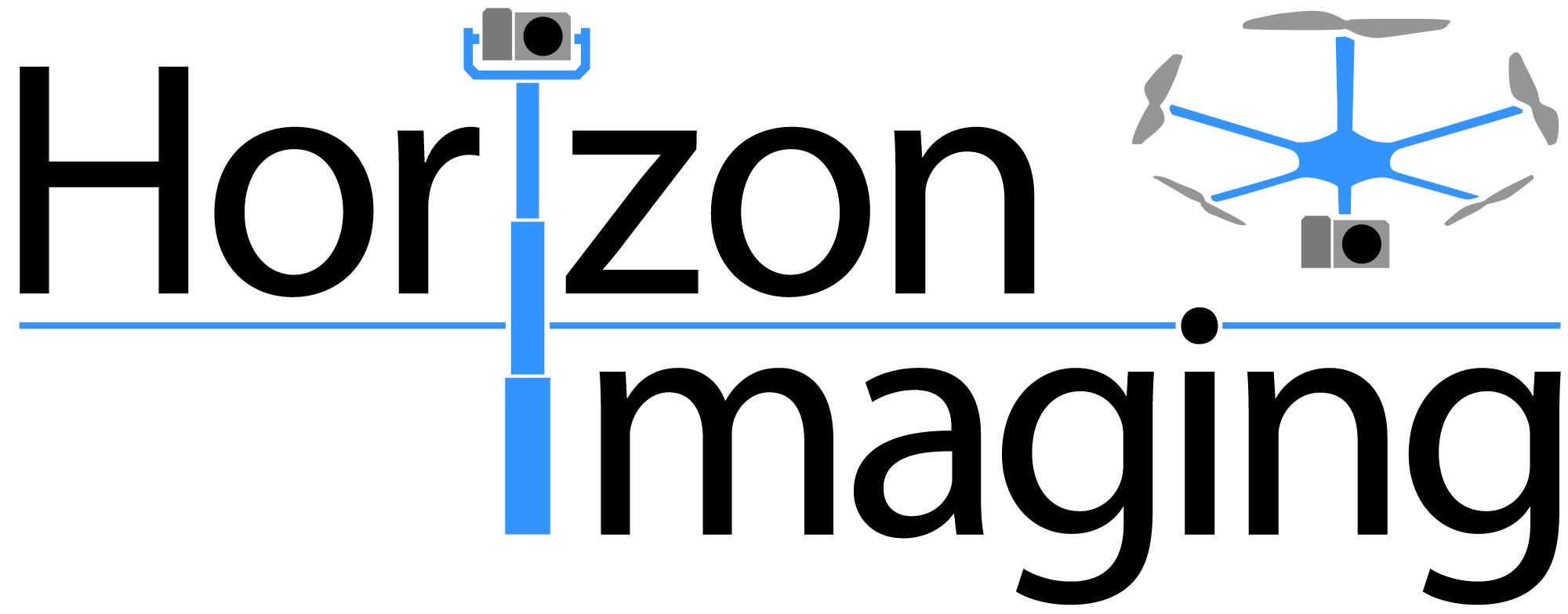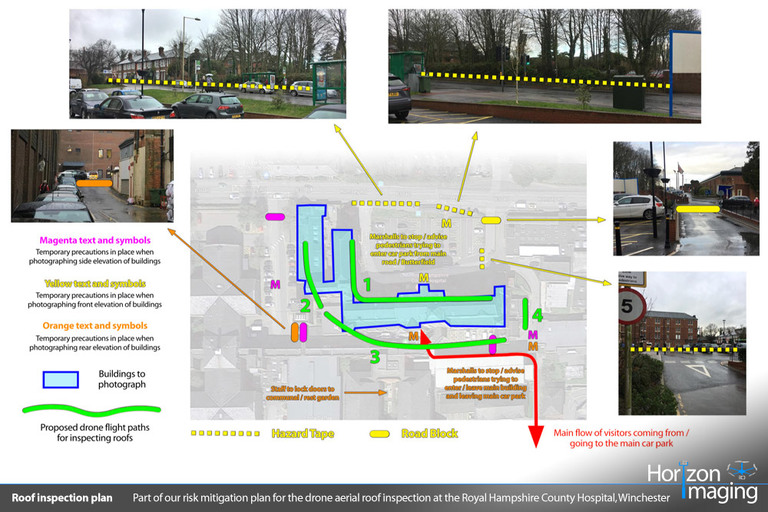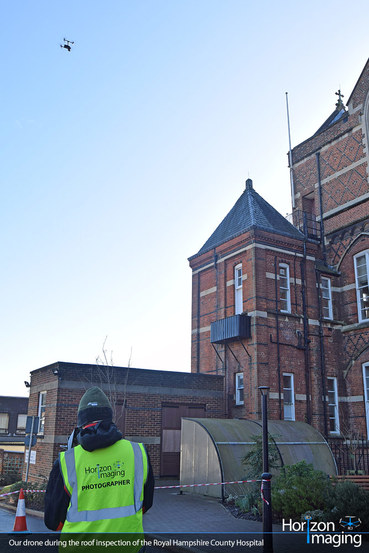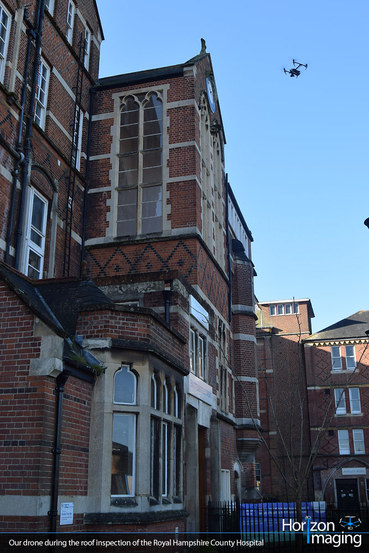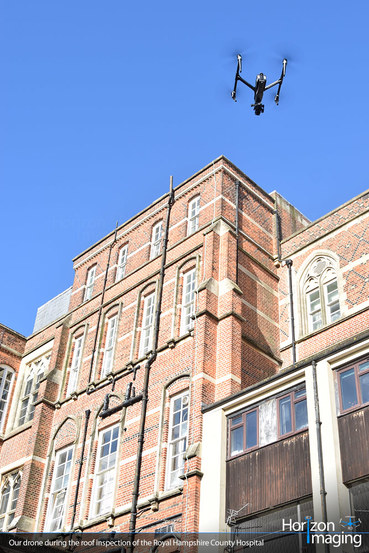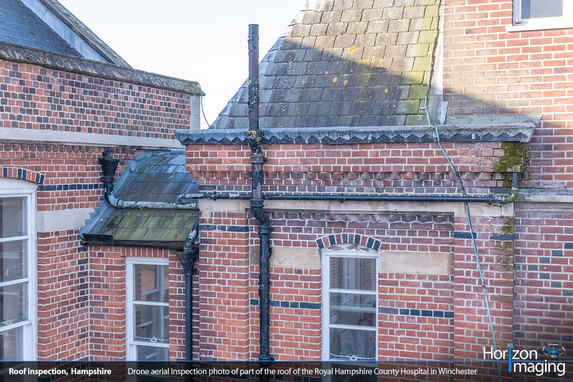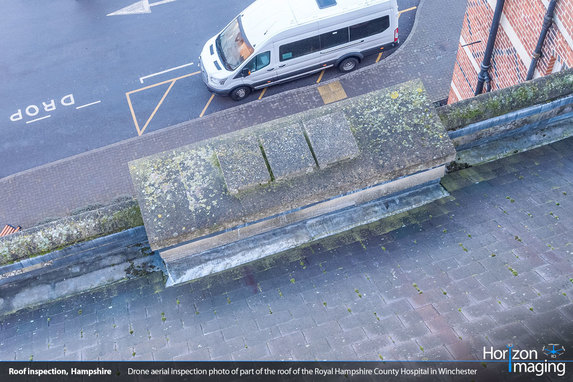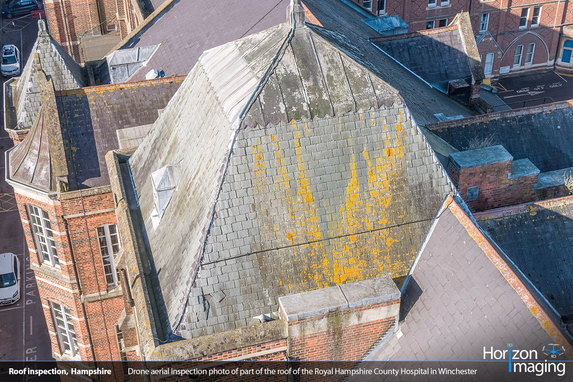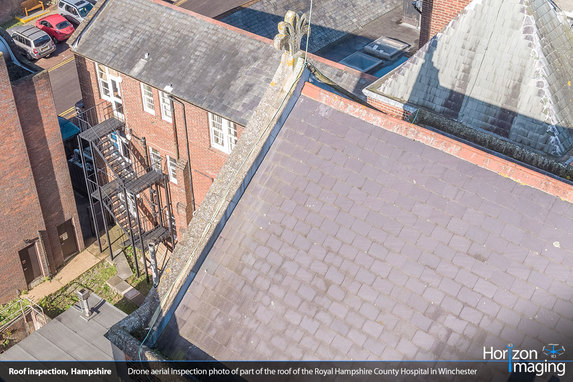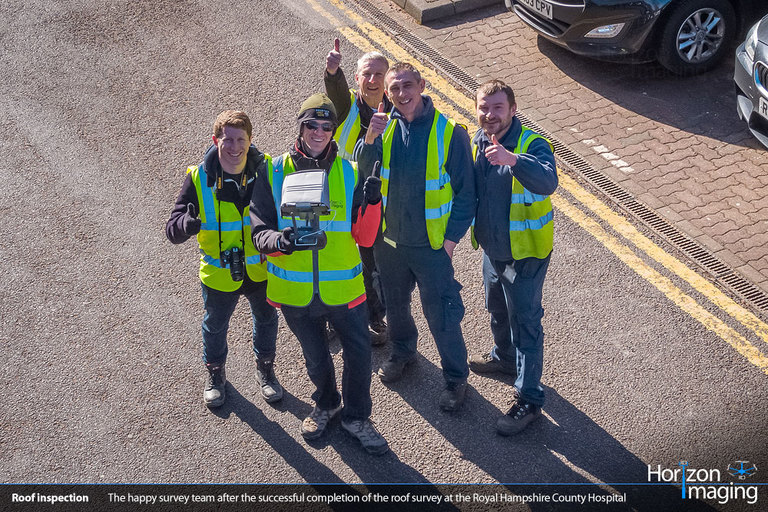- Copies of the drone operator’s commercial licence and Public Liability Insurance
- A letter / email from the owner of the sensitive site (in this case the prison) granting permission for the work to take place
- The serial number of the drone and radio-control handset being used (this allows DJI to send a specific unlock command to the drone that will be used for the work)
The cordons and road closures around the site had been put in place the previous night as per our risk mitigation plan, meaning the front car park was virtually deserted when we arrived – just what we needed. 3 members of Estates staff from the hospital, the surveyor from AECOM and our pilot then worked closely together for just over 3 hours, slowly working their way around the perimeter of the buildings of interest a) taking high-resolution aerial still photos of every nook and cranny of the roof structure, and b) ensuring that no members of the public strayed into the flying area – either from inside or outside the building. All 5 team members were in close radio contact the whole time, which meant that members of the public who needed to enter or leave the hospital could still do so – but only when it was safe to do so.
“Horizon Imaging undertook an aerial photographic survey of the upper floors and roof of the main Butterfield Building of Winchester Hospital, as part of our structural survey of the building. The high-resolution photographs of these areas enabled us to view parts of the building not easily visible without scaffolding, thus introducing a large cost and time saving, as well as removing a number of health and safety hazards. Overall it was an incredibly efficient process to capture a large amount of data.“
